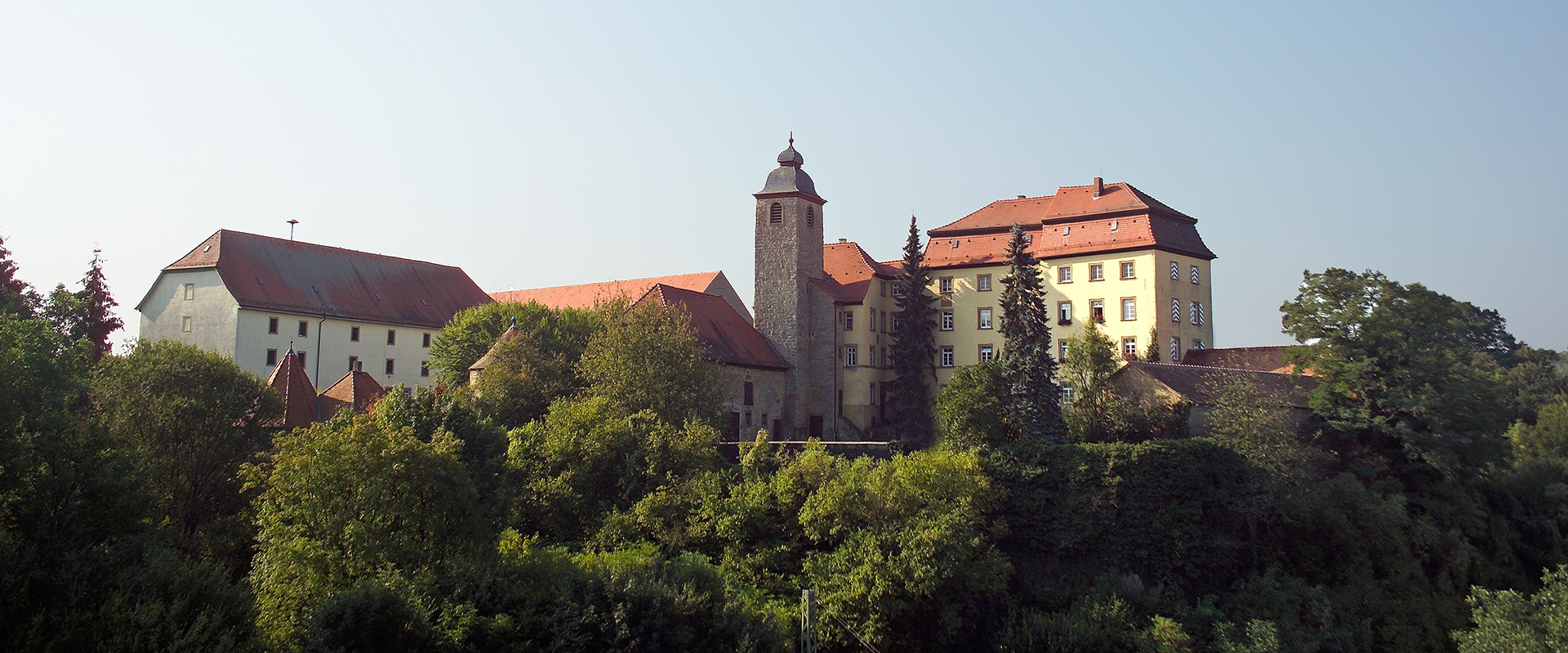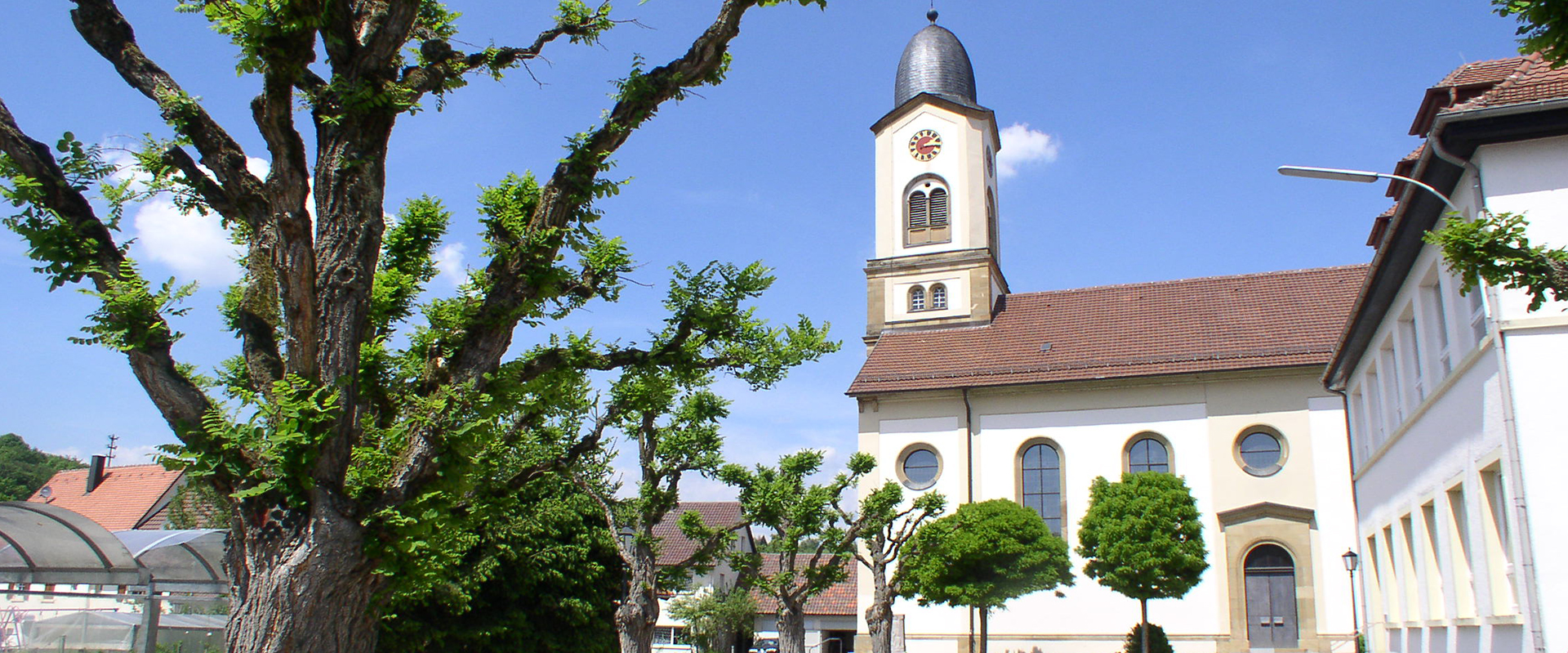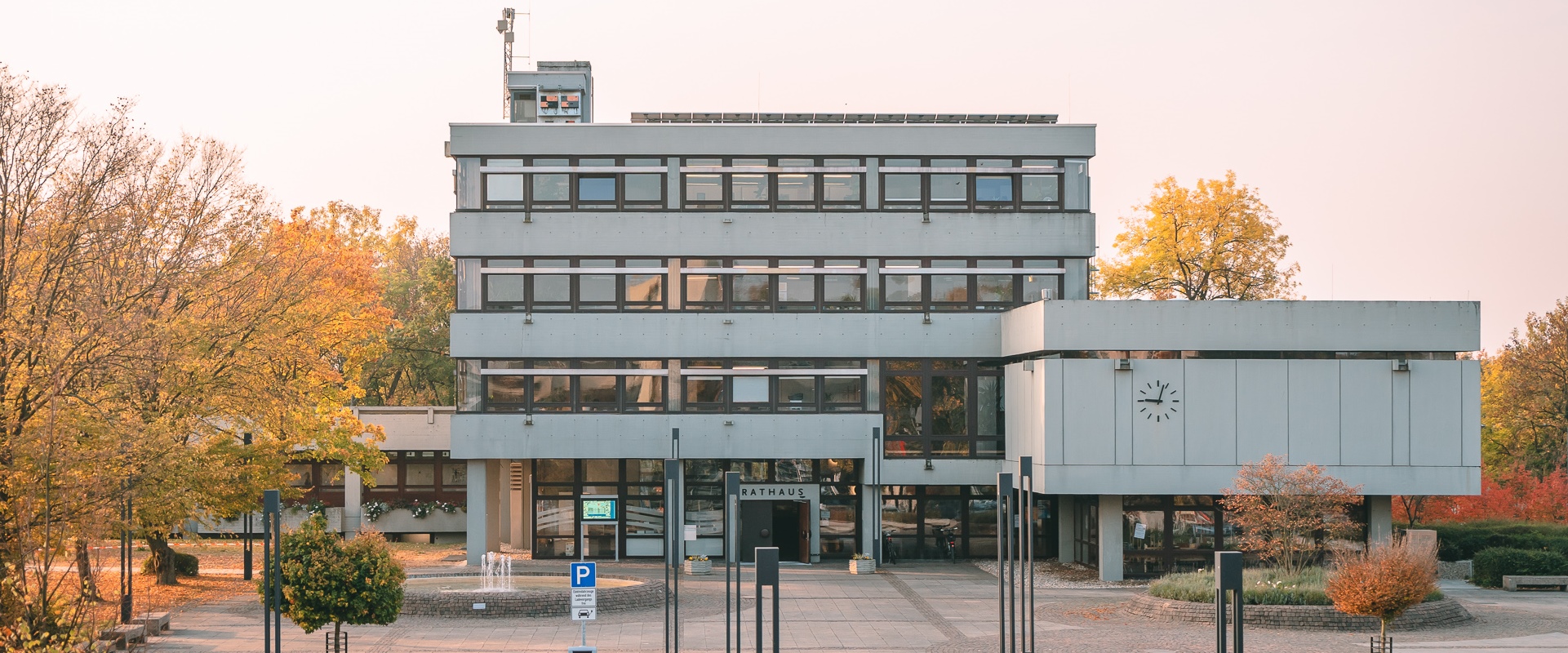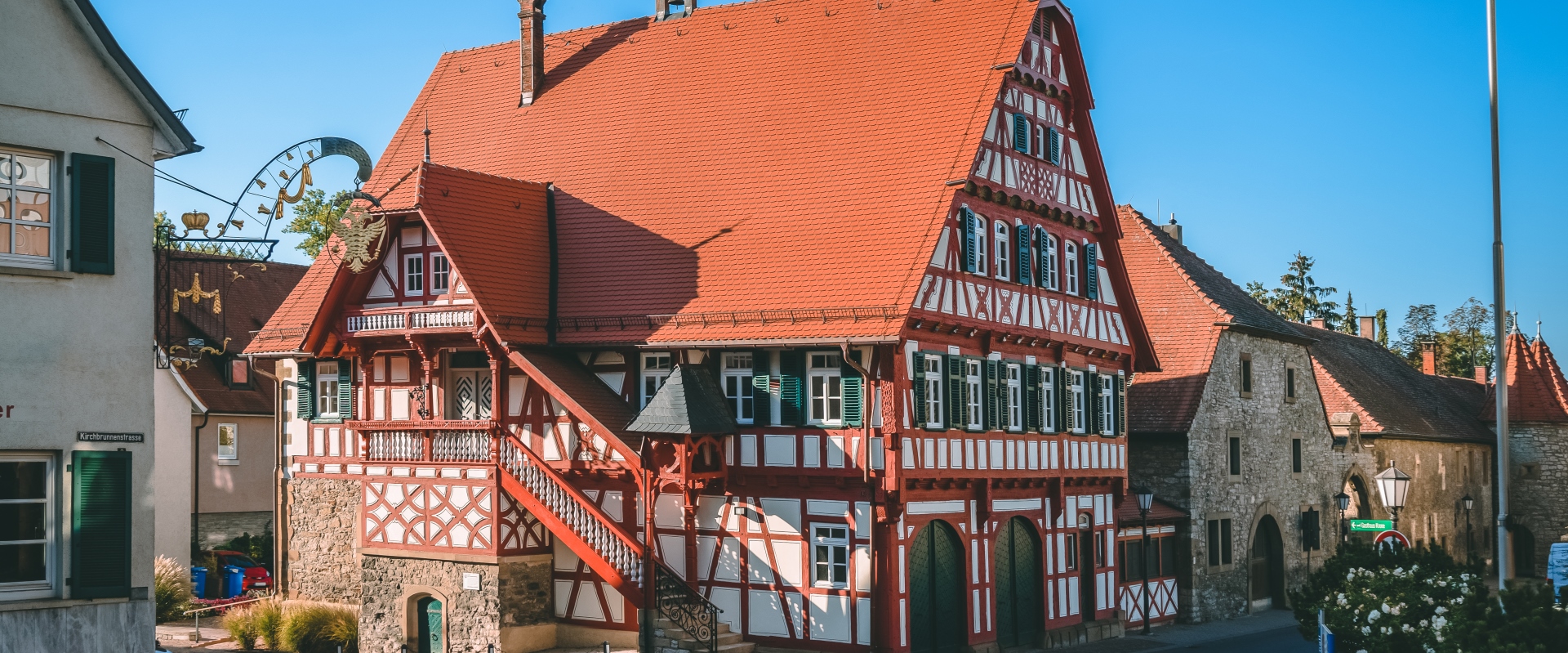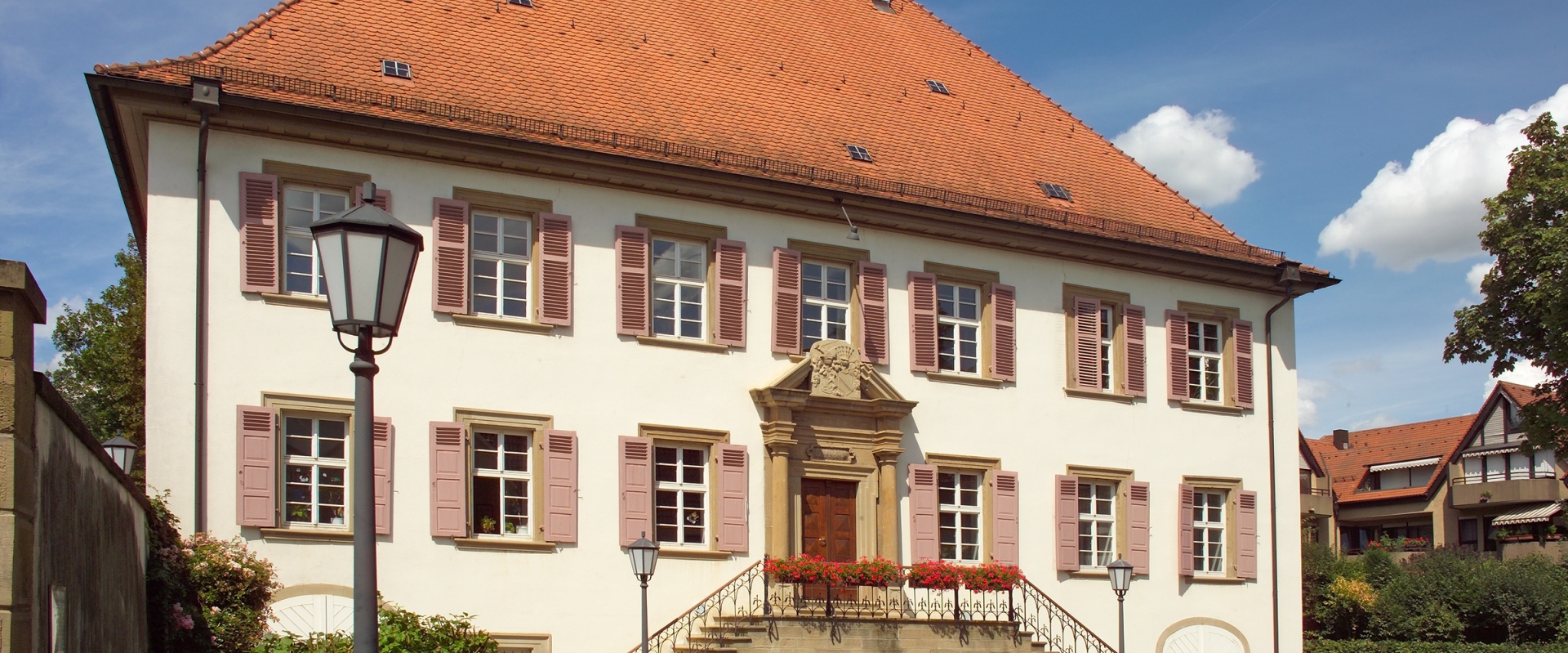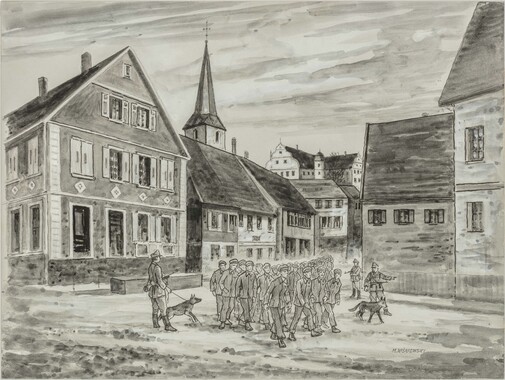On September 3, 1944, a subcamp of the Natzweiler concentration camp was established on the outskirts of the village of Kochendorf. Many of the prisoners were forced to march daily to and from their workplace in the Kochendorf salt mine, either for the morning or evening shift. These marches were heavily guarded by SS men with dogs, and any prisoners who faltered - such as stopping to pick up an apple or stumbling due to exhaustion - were immediately beaten.
The most grueling part of their day was the return journey after a long 11-hour shift in the salt mine. Many prisoners, weakened from extreme malnutrition, collapsed along the way. The SS would beat those who fell behind or could no longer continue. Often, these prisoners marched past certain spots in the village, including Bahnhofstraße, which at the time was called “Adolf-Hitler-Straße”.
The Routes and Hard Labor
The prisoners' routes have been reconstructed: KZ (in the Holzwiesen area) → Holzweg → Riedweg → Amorbacherstraße → Heilbronnerstraße → Bergstraße → Bahnhofstraße → Salt Mine
Another path led from Heilbronnerstraße via Sued- and Moltkestraße to Bahnhofstraße and then on to the mine. At the salt mine, the prisoners were tasked with crushing stones in the mining chambers and cementing the floors of the halls to prepare them for weapons production.
The daily schedule consisted of three shifts:
- Two day shifts, each with 100 (later 250) and 60 (later 300) prisoners
- One night shift with 200 (later 400) prisoners
A Young Witness to the Suffering
A seven-year-old boy from Kochendorf observed nearly every day how the prisoners struggled to ascend the hill at the end of Suedstraße on their return to the camp, utterly exhausted. The SS soldiers would beat them mercilessly, and when prisoners collapsed, a two-wheeled cart would be brought to transport those unable to continue walking.
An 18-year-old woman from Oedheim, returning from her work in Neckarsulm, witnessed a particularly tragic scene near Amorbacherstraße. She saw a prisoner collapse, and an SS soldier initially pointed his rifle at him. However, he did not shoot but instead kicked the man into the water ditch beside the road. Later, the body was collected. This occurred in late March 1945, near the end of the war.
These brutal and inhumane conditions, marked by forced labor, constant violence, and death, reflect the harsh reality the prisoners of the Kochendorf subcamp endured on a daily basis. Their suffering was a result of the SS's callous disregard for their lives, treating them as expendable labor for the Nazi war effort.
Remembering the Victims
The experiences of those who witnessed and survived this horror serve as an important reminder of the cruelty of the Nazi regime and the resilience of the human spirit in the face of unimaginable suffering.


